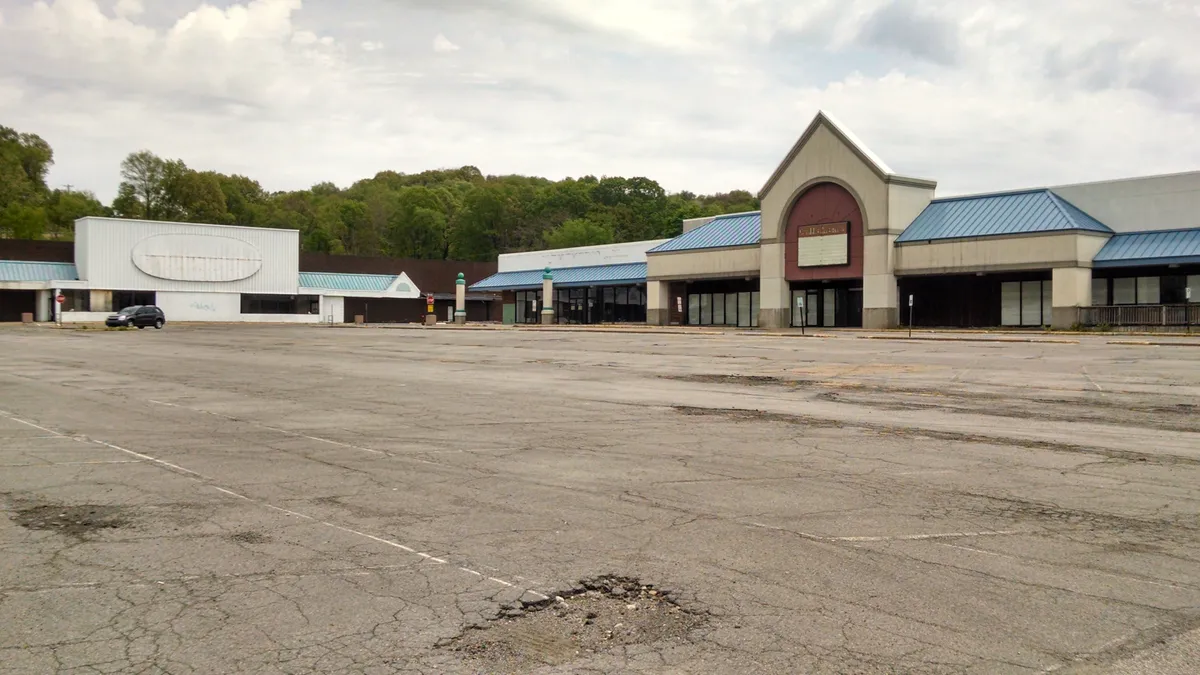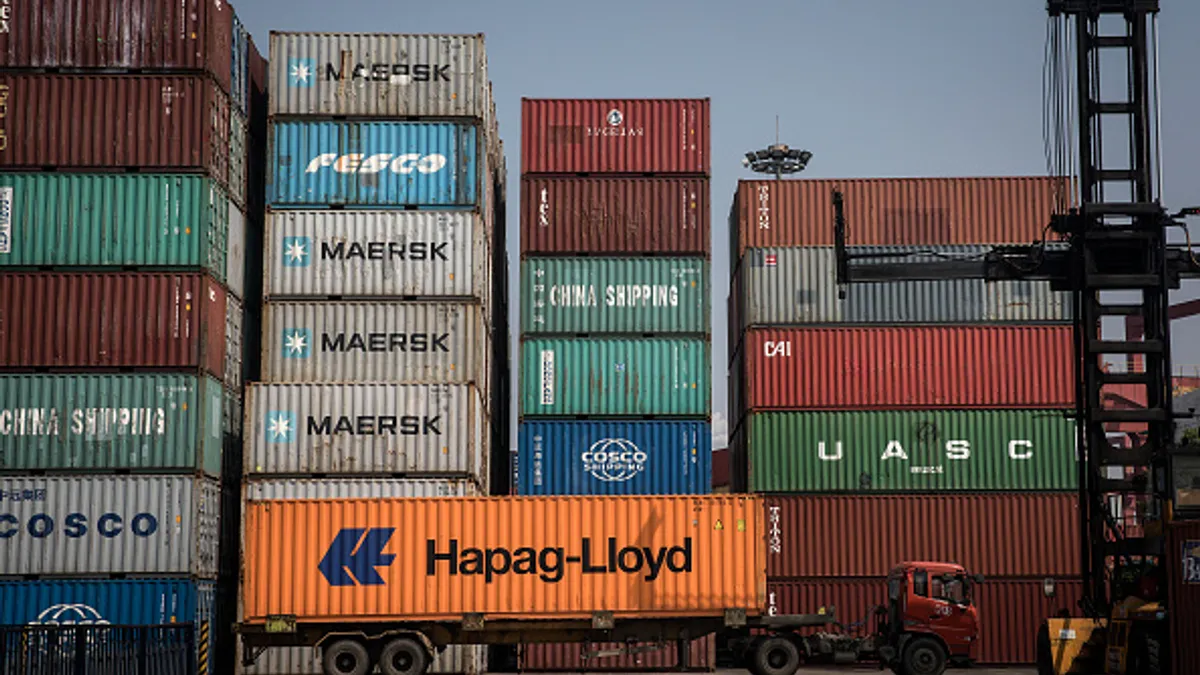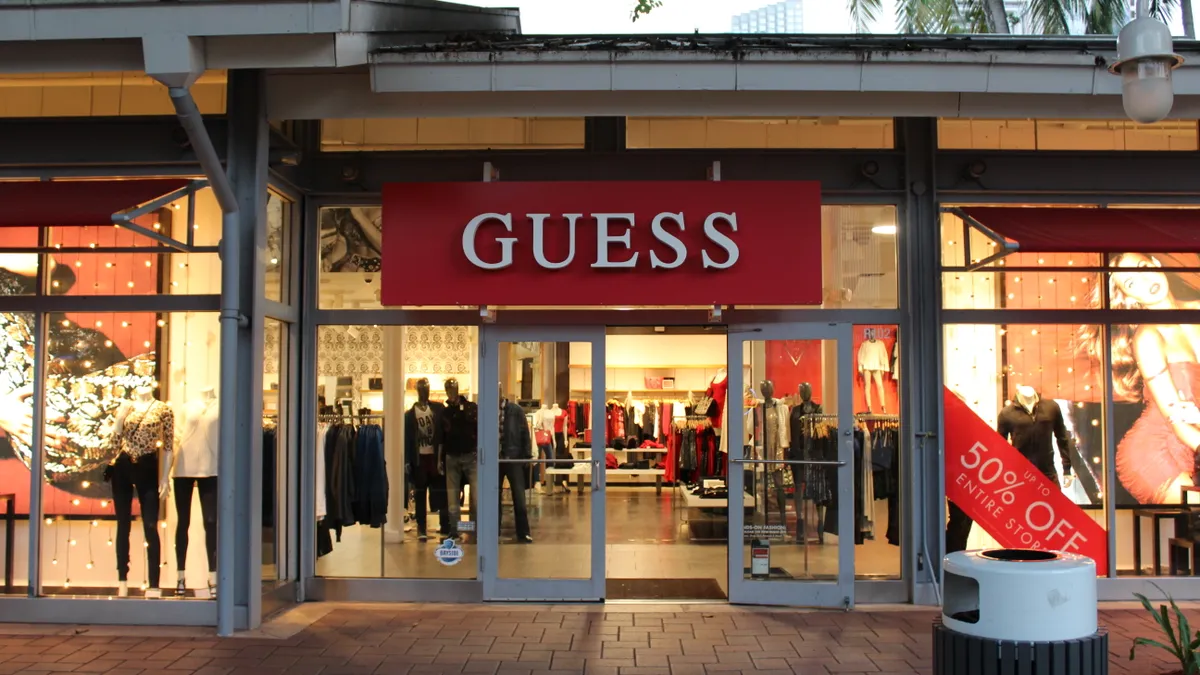Along with everything else disrupted by the COVID-19 pandemic, add retail bankruptcy to the list.
Modell's, which filed in early March, has put its Chapter 11 case on ice for now. Pier 1 suspended a bankruptcy auction for its assets and was granted permission to stop paying rent and vendors as it closes its store fleet. Plans for both retailers to permanently close stores are on hold for the simple reason that retailers can't hold going-out-of-business sales if their stores are closed or consumers can't or won't leave their homes.
The calculus of filing for bankruptcy has been scrambled in both the near and long term. But if nothing else is certain at the moment, at least one thing is: More retail bankruptcies are coming.
Retailers and their lenders may be holding off for now because of the inability to hold liquidation sales (whether a fraction of stores or an entire fleet in a business wind down). Nonetheless, the pandemic has been a cataclysm for the market, bringing foot traffic and store sales to a halt for retailers that don't sell essential items and forcing retailers to scramble for cash.
Now, protracted closures are eating into retailers' liquidity cushions and loan availability. And few, if any, observers expect retail trends to return to their pre-pandemic normal after stores re-open, for those that do indeed re-open.
"I think we're now going to see a historic number of retail, restaurant, hospitality and experiential related concepts filing for bankruptcy," said Craig Solomon Ganz, a partner with law firm Ballard Spahr, in an interview.
When will the 'wave' of bankruptcies hit?
March and April have brought a steady march of credit downgrades to the retail sector based on conditions created by the COVID-19 pandemic and the efforts to slow it. In early April, Fitch downgraded nine retailers in a single day, including some with relatively healthy balance sheets. Others have been downgraded into or deeper into junk territory by Fitch and S&P as already precarious sales and liquidity trends have been rocked by the current environment.
"There are so many levered companies that we've covered that, either the lenders have organized or the company has hired advisers," Reshmi Basu, restructuring editor with Debtwire, said in an interview. "It's pretty much everyone in the universe."
But for now, bankruptcy courts are almost eerily quiet. Ganz said that by his own estimate, based on watching daily bankruptcy reports, filings fell roughly 60% from their normal level by early April.
"What I think you'll see is a lull in bankruptcies in April," as those that were in process are put on hold, which Ganz said is "absolutely unprecedented and had never happened previously as I could ever recall."
Once the retail world re-opens, bankruptcies could start to follow as companies "realize that they still have the same liquidity issues, if not much worse now," Ganz said. By late Q3 and Q4, "that's where you're really going to see the wave start to hit, and then well into 2021 I think we're still going to be having conversations about virus-related bankruptcies as the talisman for why these folks are seeking Chapter 11 protection," he added.
David Berliner, head of BDO's restructuring and turnarounds unit, said that the timing of retail bankruptcies brought on or accelerated by the pandemic will be determined by secured lenders to those companies, and how they expect to maximize their recovery.
That could mean waves of bankruptcies during the back-to-school season or, more likely, the holidays, in Berliner's view. "If you're trying to liquidate, that would be the best time to get the most for it," he said, referring to the holiday sales season.
'Nothing to restructure' and 'no visibility'
Analysts, consultants and other observers over the past several harrowing weeks have noted that the pandemic is accelerating trends that were already roiling segments of retail, even while the economy overall was strong.
Staying inside could make consumers more comfortable with online buying, while large well-capitalized retailers like Target and Walmart can offer a range of services, from one-day delivery to store pickup and driveup. "You're going to see survival of the fittest play out where the weaker die off quicker," Berliner said.
That could ultimately mean more company wind downs sparked by the pandemic, even if in the short term liquidations slow because store closures and deeply depressed consumer traffic weigh on going-out-of-business sales.
In a report in March, Coresight Research predicted more bankruptcies, and more of those leading to full liquidation, in 2020. In the same report, the firm estimated the year could see the permanent closure of 15,000 retail stores.
"We anticipate that some of the retailers that have recently announced temporary store closures — including some well-known names — will never reopen their doors," Coresight CEO Deborah Weinswig said in the report. "The enforced closures will hit retailers with limited cash/low liquidity, those already pinched badly by structural shifts and company-specific weaknesses, and those which are unable to translate whatever remaining consumer demand there is into sales on their websites."
Yet it is difficult to predict the outcome of future bankruptcies, given how much the pandemic complicates — well, everything.
"For the most part, there is no revenue being generated by those sectors," Ganz said of retail, restaurant and other industries that are currently shuttered. "And if there's been no revenue-generating by those sectors, there's really nothing to restructure."
How restructurings eventually play out will be a "simple function of supply and demand," he said, noting that there will be a finite market for those retailers that want to sell themselves in a bankruptcy. Some that want to sell may be forced into liquidation instead. "It's a numbers game, and [lenders] are going to do whatever it takes to get themselves close to whole," Ganz said.
Retailers will have their own potential ends in filing as well. "I think there's going to be bankruptcies for both survival and strategic reasons," Seth Freeman, a senior managing director with B. Riley Financial's GlassRatner, told Retail Dive in an interview.
"Retailers are going to take a deep breath and really start reevaluating how many stores they need and which locations are more important to them, as opposed to just saying, 'Okay, we're going to open them all back up, and we're going back to where we were before,'" Freeman said. "I think there are going to be a lot of retail bankruptcies."
The uncertainty facing the entire industry may be one of the largest complicating factors for retail bankruptcies. "When you're working with a company that is trying to restructure its balance sheet, its operations and reorganize them, you are usually working toward a definable objective," Brian Davidoff, chair of Greenberg Glusker's bankruptcy practice, said in an interview. "There is an objective in sight, a timeline in sight, a marketplace in sight. The biggest problem right now is none of those provide any visibility."
He added, "I do believe that this current environment is going to have much longer term effects on industry in general and retail in particular, and it is going to push many companies that were on the borderline over the edge."






















